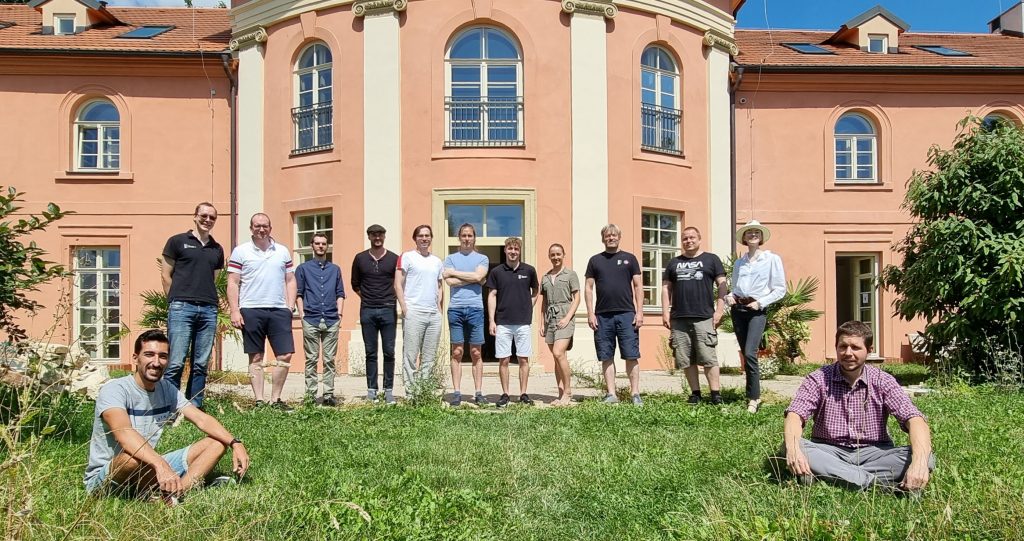
Badger Seminar Summer 2021 Summary: Beyond Life-long Learning via Modular Meta-Learning
We recently held the Badger Seminar titled: Beyond Life-long Learning via Modular Meta-Learning, with participants joining online and at our headquarters in Prague.
Read more













